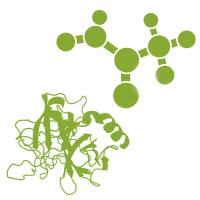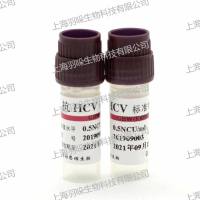In Situ Hybridization and the Detection and Localization of HCV RNA
互联网
563
The procedure described below was originally reported to detect the hepatitis C virus RNA (genomic strand) by nonradioisotopic in situ hybridization in formalin-fixed, paraffin-embedded liver tissue of two acutely infected chimpanzees, in a collaborative study conducted with R. H. Purcell, at the National Institute of Allergy and Infectious Diseases, Bethesda, MD (1 ). Briefly, a synthetic DNA 50-mer was end-labeled with a digoxygenin-conjugated dUTP (2 ) and hybridized to liver sections. After washing, hybrides were detected by a specific antidigoxigenin antibody and the antigen—antibody reaction revealed by alkaline phosphatase-based enzymatic reaction, through a signal amplification procedure (3 ). Although the probe represented only 0.5% of the target sequences, the procedure was sensitive enough to detect the low amounts of genomic HCV RNA present in the acutely infected livers, probably owing to both the multistep amplification of the enzymatic reaction and to the prehybridization treatment of the tissue sections, intended to facilitate the diffusion of both the probe and the revealing system molecules









